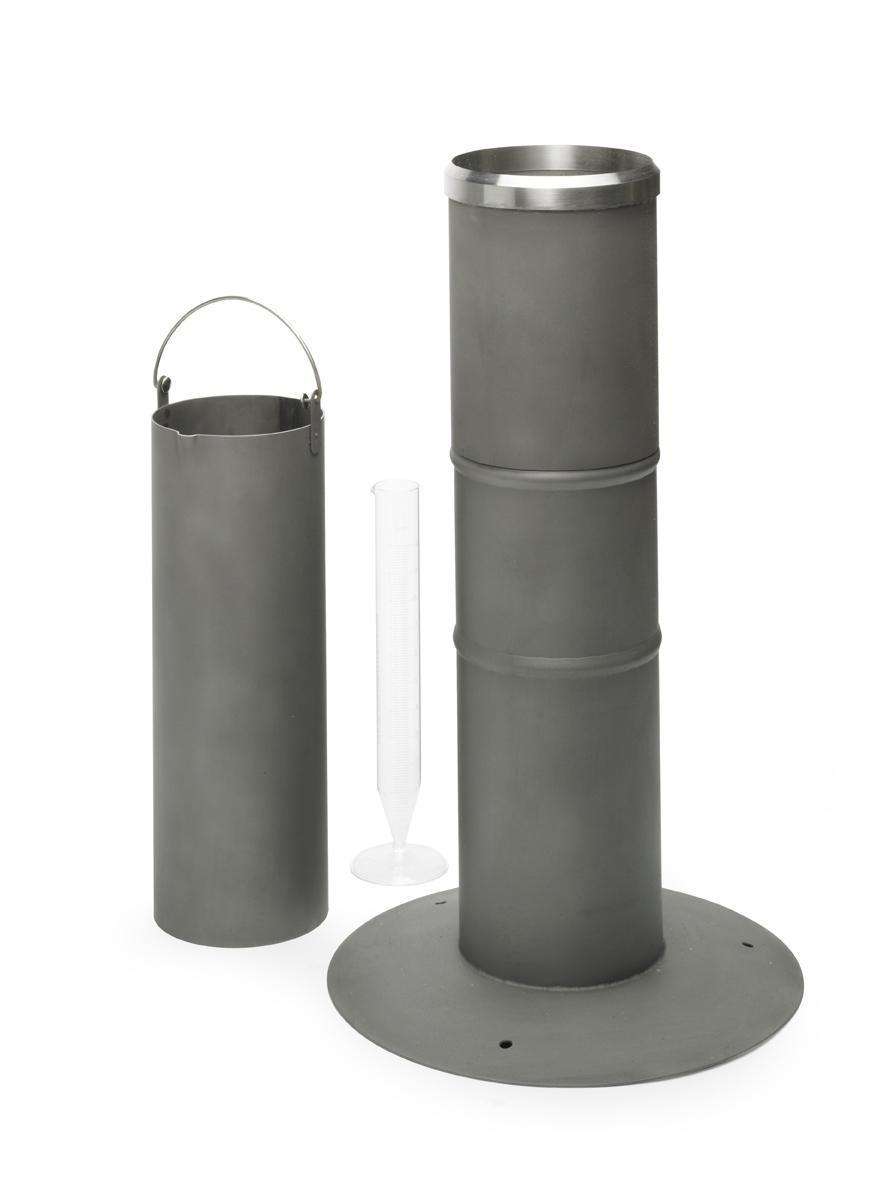How a Rain Gauge Can Boost Your Recognizing of Local Environment Patterns
Wiki Article
Introducing the Science Behind Rainfall Evaluates: Just How These Instruments Play an Essential Role in Climate Study and Ecological Monitoring
Rainfall gauges, relatively straightforward devices, hold an extensive value in the realm of climate study and ecological monitoring. These unassuming instruments quietly gather among nature's most necessary aspects-- rains. Behind their plain facade lies a complicated scientific research that is crucial for recognizing the characteristics of our environment. As we peel back the layers of this scientific veil surrounding rain assesses, we uncover a world where precision, data accuracy, and meticulous monitoring assemble to reveal a deeper understanding of our changing environment and its effect on the world.Value of Rain Gauges
Rainfall assesses play an indispensable function in tracking and measuring rainfall levels, providing necessary information for climate research and evaluation. These gadgets are fundamental in measuring the amount of rains that happens in a specific location over a specific period. By determining and collecting rain, rainfall assesses deal useful understandings right into the distribution and intensity of rainfall, assisting meteorologists, hydrologists, and climatologists in understanding climate patterns and patterns.
One of the crucial reasons why rainfall evaluates are important is their ability to supply exact and local data. Unlike satellite or radar-based dimensions, which supply more comprehensive monitorings, rainfall evaluates offer accurate information certain to the location where they are put. This local data is essential for various applications, consisting of flooding forecasting, dry spell tracking, and water source management. Furthermore, lasting information gathered from rainfall gauges assists in assessing environment change influences and patterns, adding substantially to clinical research and decision-making processes. Essentially, rainfall gauges serve as essential devices in the field of weather forecasting and ecological scientific research, playing a vital duty ahead of time our understanding of weather condition and climate characteristics.
Types of Rain Scales

Functionality and Procedure
In the realm of environment research study and meteorological research studies, the efficiency of rainfall assesses lies in their intricate capability and accurate functional devices. Rain gauges are created to accurately determine the amount of rainfall that falls over a specific area throughout a collection duration.The performance of rainfall evaluates is based upon the principle of gauging and collecting rain in a standardized way. This gathered data is crucial for recognizing local weather condition patterns, tracking long-term climate fads, and evaluating ecological influences. To guarantee exact dimensions, rain determines need to be tactically put in open locations away from obstructions such as buildings or trees hop over to here that might disrupt the collection process.
The operational aspect of rain assesses entails regular maintenance to stop particles accumulation, calibration checks to preserve dimension precision, and information tape-recording for evaluation (rain gauge). Overall, the performance and procedure of rainfall gauges are essential for gathering reputable rainfall data important to climate research study and ecological tracking
Duty in Environment Study
Offered the crucial significance of precise precipitation measurements in comprehending weather condition patterns and ecological effects, the function of rainfall assesses in environment research study is indispensable. Rainfall gauges offer necessary information for climate browse around this web-site research by measuring the quantity of rainfall that drops over a certain area during a given period. This data is crucial for keeping track of long-term trends in rainfall patterns, analyzing the impact of environment modification on rainfall distribution, and boosting environment versions.
Climate scientists utilize information gathered from rain gauges to assess variations in rainfall levels, identify local environment trends, and examine the effectiveness of water source management approaches. By comparing historic rainfall information with existing dimensions, scientists can discover shifts in precipitation patterns, such as adjustments in the frequency or strength of rainfall events. This information is crucial for understanding how climate modification is affecting precipitation dynamics and can aid policymakers make notified choices pertaining to adjustment and mitigation approaches.
Applications in Ecological Surveillance
In flooding projecting, rainfall gauge data aids to track rains strength and distribution, enabling authorities to issue timely cautions and take needed procedures to reduce flood threats (rain gauge). Drought surveillance counts on rainfall gauge information to examine wetness levels in the dirt and track rainfall shortages, helping in the identification of drought-prone locations and the execution of dry spell reaction strategies
Furthermore, rainfall gauge information plays a crucial role in water resource administration by offering info on water schedule and usage patterns. Additionally, in farming, rain gauge information aids farmers in optimizing watering routines, plant selection, and general ranch monitoring practices based on regional rainfall patterns.
Final Thought
In verdict, rainfall gauges are crucial tools for measuring precipitation, providing valuable data for environment research and ecological monitoring. With numerous kinds and functionalities, rainfall gauges play a vital duty in recognizing rainfall patterns and their effect on the atmosphere. By precisely determining rains, these gadgets contribute to the improvement of scientific knowledge and help in making informed choices associated to water source monitoring and calamity preparedness.Rain evaluates play a vital role in surveillance and measuring precipitation levels, giving crucial information for environment research study and analysis. The standard rainfall gauge, known as the "tipping pail" gauge, is one of the most commonly made use of tools. Ultrasonic rain gauges usage sound waves to detect the visibility of rainfall, offering real-time data on rainfall levels.Climate scientists utilize information gathered from rainfall assesses to analyze variants in precipitation levels, determine local environment patterns, and assess the effectiveness of water source administration strategies.In verdict, rain determines are necessary devices for determining official website rainfall, offering beneficial data for environment study and environmental surveillance.
Report this wiki page